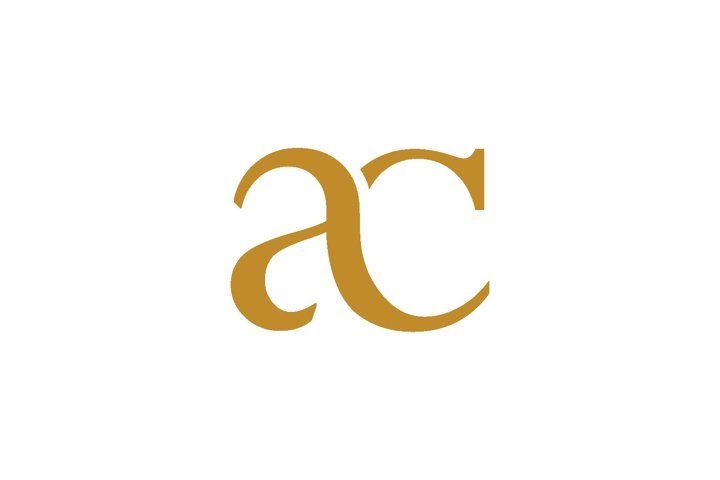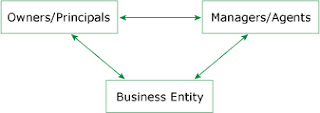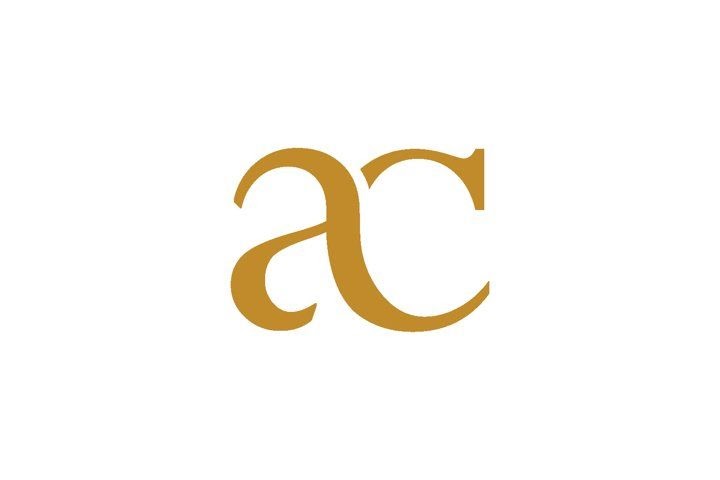we're going to look at the impact of correlation on
portfolio risk and portfolio return.
So we are going to study the impact of correlation through an example.
While typically, when you construct a portfolio, you have access to
thousands of financial securities, we are going to illustrate what's going on
in the risk of a portfolio through an example with simply three stocks.
And, let's see how we're going to describe how
the different characteristic of these stocks are going to affect the portfolio.
So, in this graph, I'm locating three financial securities in blue A, B and C.
These are the assets that you can use to construct your portfolio.
You see that there are placed on the graph were on the access I measure standard
deviation measure of risk and on the Y axis I measure the expected return.
So for example, stock A has an expected return of 3% and
a standard deviation of 12%.
Stock B, risk of 10%, expected return of 5% and
stock C, risk of 20%, expected return of 8%.
So typically, when we invest our wealth in financial securities,
we don't focus everything on a single security.
We wouldn't buy 100% of stock C or 100% of stock B, rather we would
combine the difference of financial security to diversify our portfolio.
So what does it mean to actually diversify a portfolio.
Well, lets look at what happens when we construct a portfolio which here
is invested at.
20% in Stock A, 20% in Stock B, and the remaining 60% in Stock C.
This portfolio is depicted on the graph here with the red cross and the label P.
This is our portfolio.
If we were to measure precisely the location of this portfolio,
You see that the return of the portfolio, which is 6.6%,
is exactly the weighted average of the return of the individual securities.
So far, so good.
So we have a portfolio which has 20% in one stock, 20% in another,
60% in the last, and its expected return is simply a weighted average.
20% of the return of Stock A, 20% of the return of Stock B,
60% of the return of Stock C.
The diversification effect however is
displayed here by the location on the x-axis.
The stocks A, B and C are located here on the graph and we see the level of risk and
the level or return.
What we don't see is their level of correlations.
And actually, the correlations between a, b, and c is not perfect.
So their level of correlation are below 1.
More precisely, the correlation between a and b is negative.
Here, it's minus 0.1 in this example.
The correlation between a and c is positive.
But, it's not perfect.
It's 0.4. And finally, the correlation between B and
C is also not perfect.
It is 0.3.
So, how does this level of correlation impact the risk of the portfolio?
First of all, the portfolio, P has a risk level, if you measure really precisely,
you would see that the risk is 13.78%, so a little bit below 14%.
However if we take an average of the individual risk of the portfolio,
so 20% of the risk of asset A, 20% of the risk of
asset B and 60% of the risk of asset C We wouldn't actually get the 14%.
What we would get is something slightly to the right.
We would actually obtain 16.4%.
This effect of diversification,
this reduction of risk is really at the heart of the portfolio construction.
All this idea of diversification
is the notion that some returns are going to compensate each other.
It won't be at the detriment of the expected return.
The general direction is not going to be affected by these compensation of return.
However, we're going to observe a reduction in risk.
The simplest way to see that Is to look at the following very simplified graph
of what diversification actually means.
Here I've drawn two trajectory of prices.
The thick line is Stock A, and the dotted line is Stock B.
Okay?
And you see that they tend to move in opposite direction,
they compensate each other if they are put in a portfolio.
And the straight line that you see crossing in the middle
Would be the evolution of portfolio invested 50-50 in the two securities.
What you see is that the average return,
the general tendency of the portfolio, is similar to the tendency of A and B.
However, because of the variation of B to go in opposite direction to
the variation in A They compensate each other and the risk
of the portfolio is much lower than the risk of the individual securities.
So this is the first lesson of this impact of correlation.
It's summarized in the very simple sentence.
The risk of the portfolio is inferior
to the average of the risk of its constituent.
This is the effect of diversification.










%20_%20Logos%20_%20Design%20Bundles.jpg)


%20_%20Logos%20_%20Design%20Bundles.jpg)




0 Comments